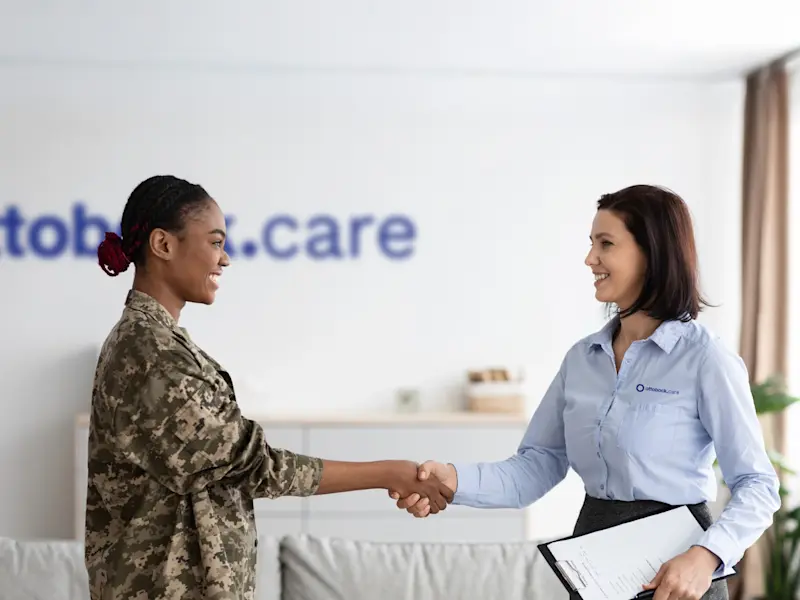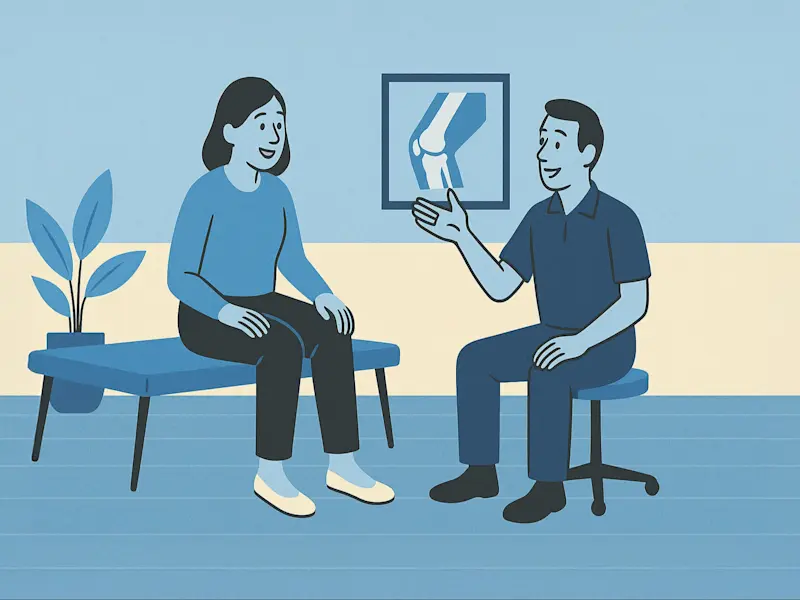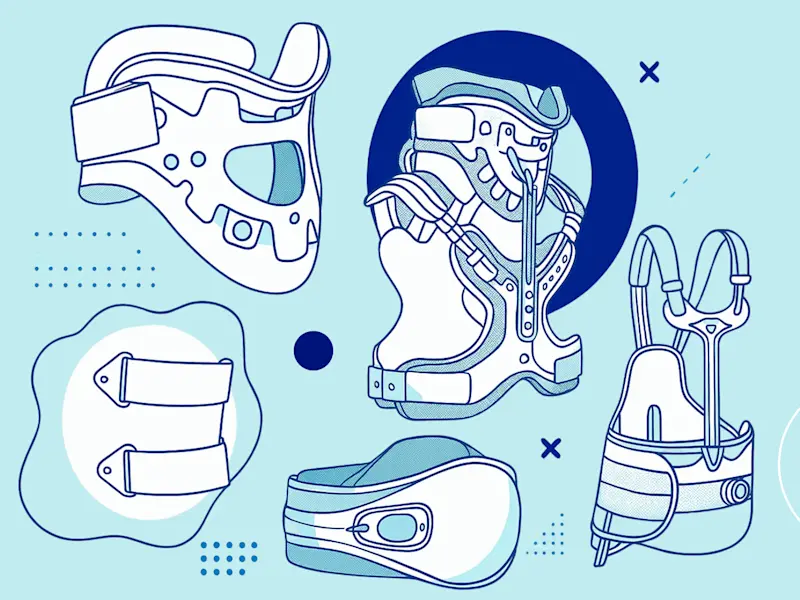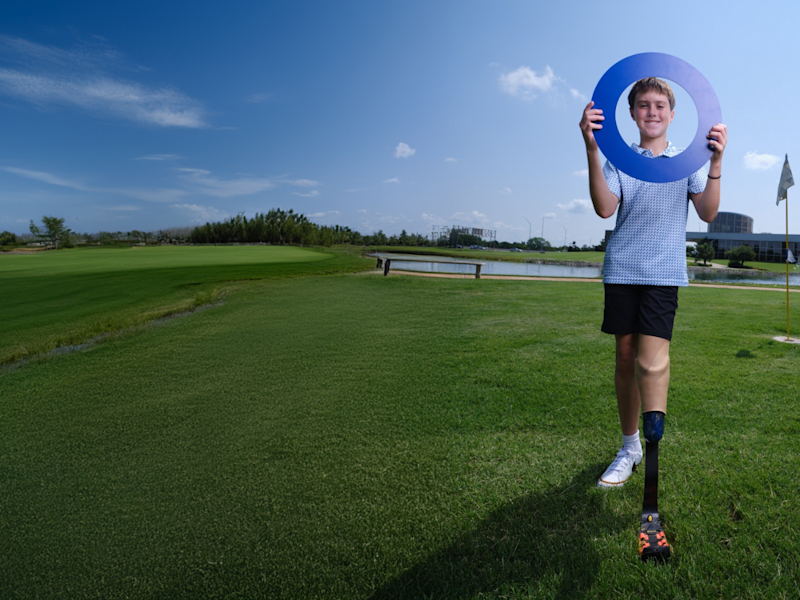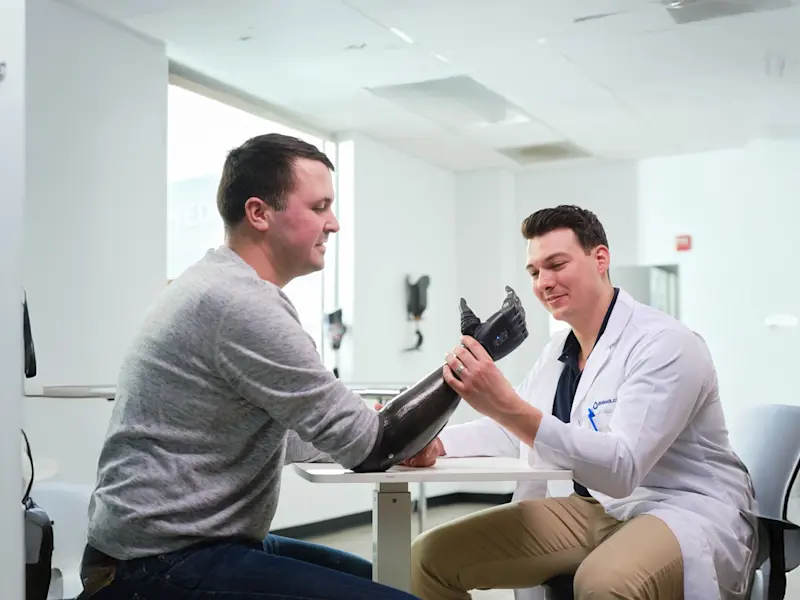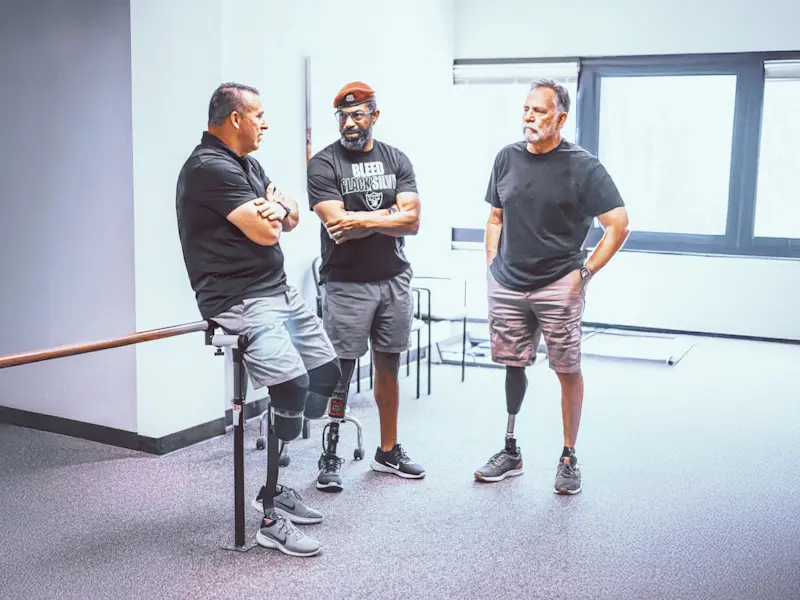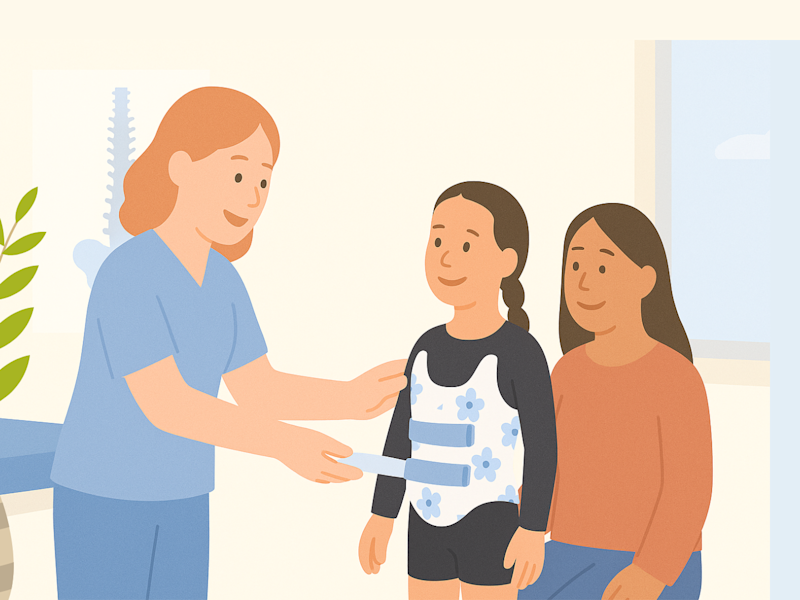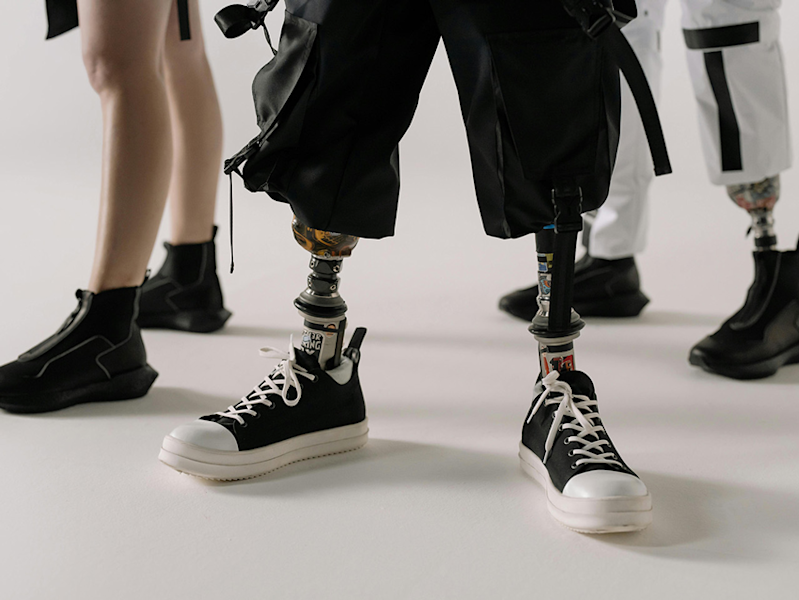Understanding Spinal Orthoses: Your Guide to Braces for Back and Neck Support
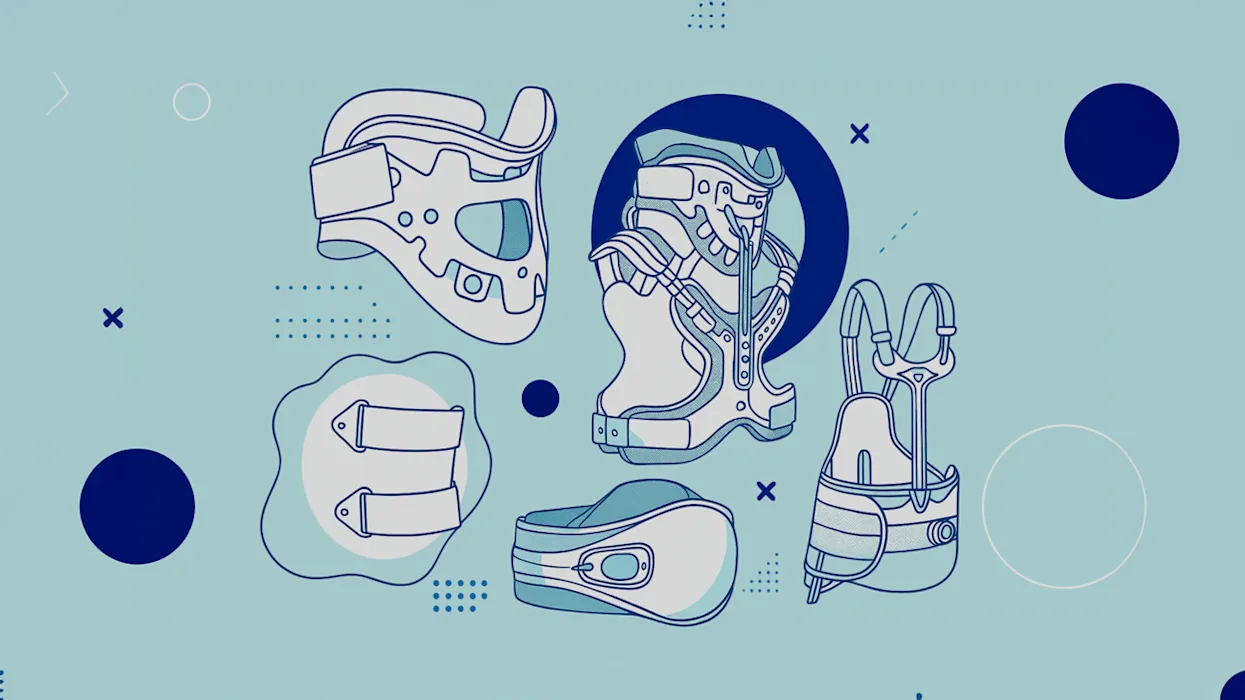
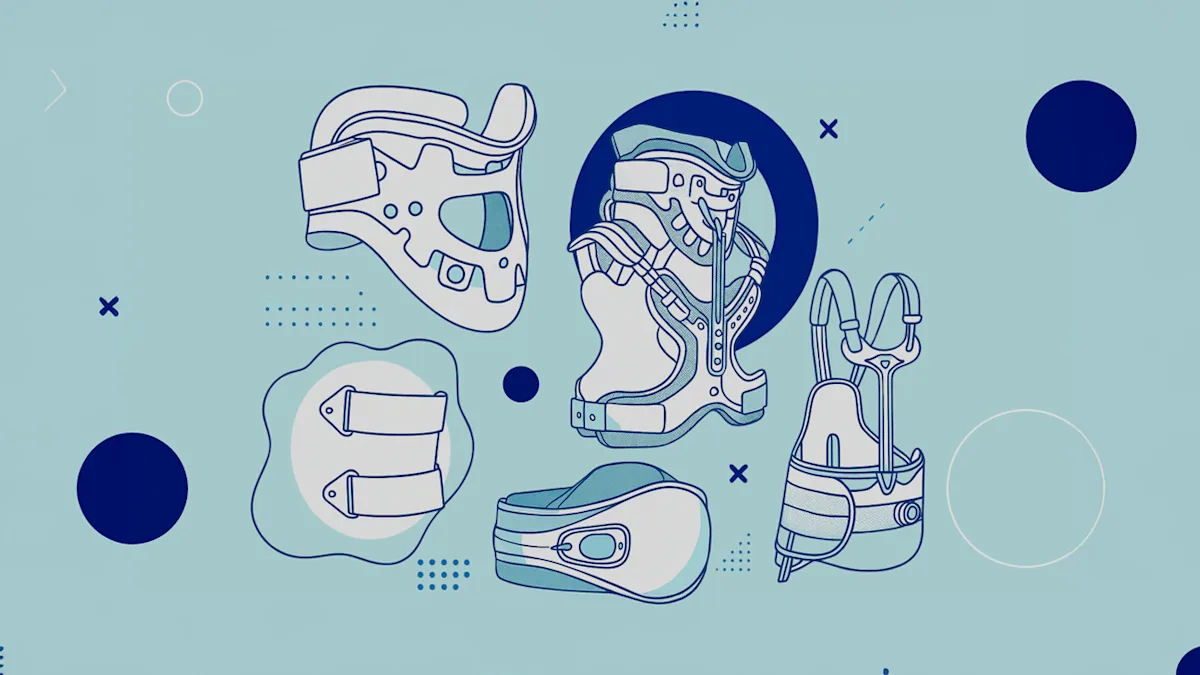
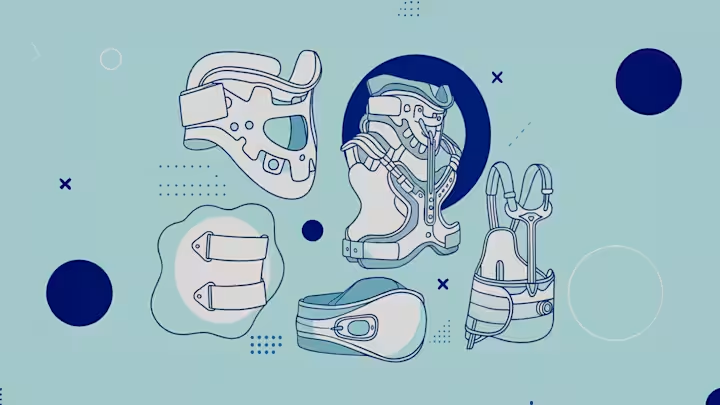
Dealing with a back or neck injury, or managing a spinal condition, can be challenging. Your doctor might have prescribed a spinal orthosis – often called a back brace or neck brace – to aid in your recovery or manage your condition. But what exactly are these spinal support devices, and how do they work?
At Ottobock Care, we believe that understanding your treatment is a key part of your healing journey. Let's break down the most common types of spinal orthoses and what they do to help you.
Why Would I Need a Spinal Orthosis?
Spinal orthoses are designed to support and protect your spine, offering various benefits:
Immobilization: They keep a specific part of your spine still to allow injuries (like spinal fractures) to heal properly or to stabilize the spine after back surgery.
Limit Motion: These orthopedic braces restrict movements that could cause pain or further injury, crucial for back pain relief and recovery.
Reduce Pain: By stabilizing the spine and limiting unnecessary movement, these support braces can significantly reduce discomfort associated with many spinal conditions.
Correct or Prevent Progression: In conditions like scoliosis, specific braces can help guide spinal growth or prevent a curve from worsening.
Support: They provide external spinal support to weak muscles or an unstable spine, improving overall posture and function.
Common Types of Spinal Orthoses
Spinal orthoses are categorized by the regions of the spine they cover: Cervical (neck), Thoracic (upper/mid-back), Lumbar (lower back), and Sacral (tailbone area).
CO - Cervical Orthosis (Cervical Collar)
What it is & does: Often called a "neck brace," cervical orthoses can be soft (like foam) or rigid (plastic). They primarily restrict movement of your neck (cervical spine). This helps stabilize neck injuries (like whiplash), supports your neck after surgery, and reduces pain by limiting motion.
Think of it as: A gentle hug for your neck to keep it still while it heals.
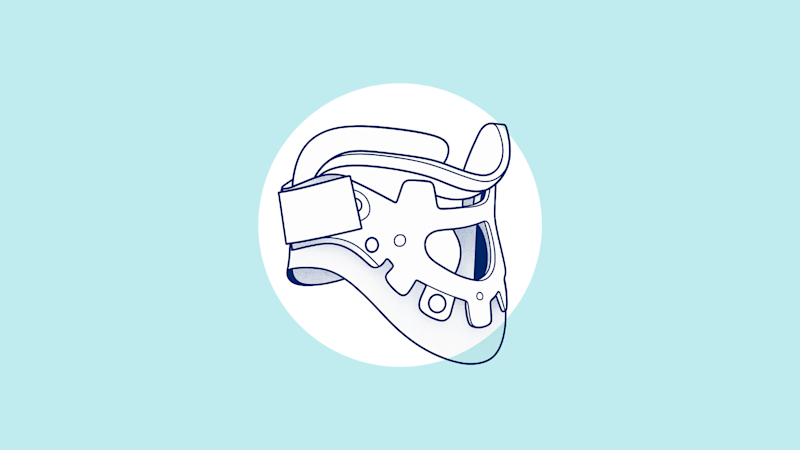
CTO - Cervical Thoracic Orthosis
What it is & does: This brace extends further than a simple cervical collar, covering your neck (cervical) and a portion of your upper back (thoracic spine). A CTO provides more extensive stabilization and immobilization, often used for more significant neck injuries, fractures in the upper spine, or post-surgical stability for the neck and upper back.
Think of it as: A "neck and upper back hug" for more comprehensive support.
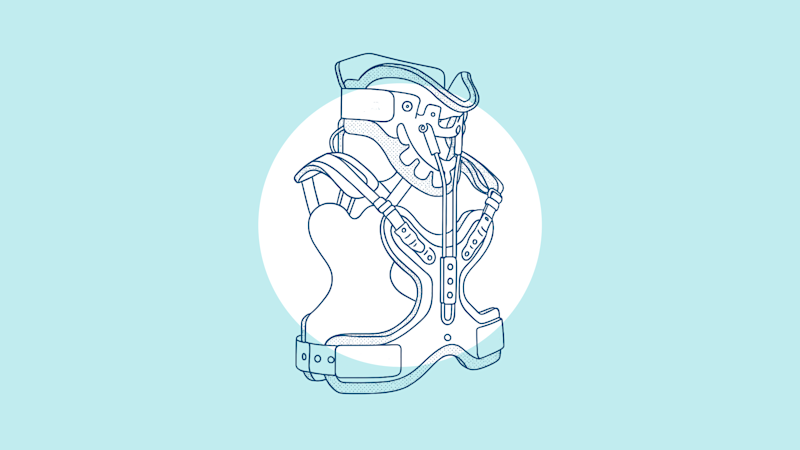
TLSO - Thoracolumbosacral Orthosis (Standard)
What it is & does: This is a comprehensive torso brace that covers your middle to lower back, extending from just below your shoulder blades (thoracic) down to your hips (lumbar and sacral regions). Standard TLSOs provide significant stability and limit movement in your mid and lower back. They're commonly prescribed for spinal fractures, some scoliosis management, and post-operative back support after back surgery.
Think of it as: A "torso hug" that offers strong support for your entire mid and lower back.
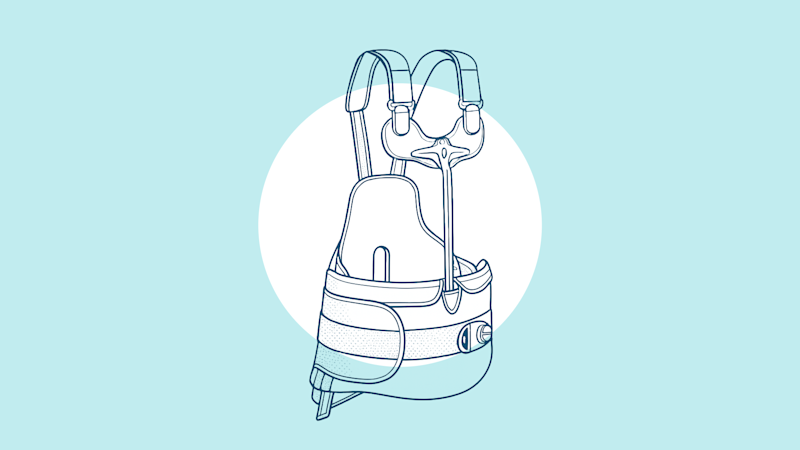
Custom TLSO - Personalized Spinal Support
What it is & does: Unlike standard braces, a custom TLSO is uniquely molded to your body's exact shape and contours. This personalized fit provides the most precise support and control for complex conditions like severe scoliosis, unique spinal deformities, or when maximum immobilization is required. A custom-fitted spinal brace ensures optimal comfort and effectiveness tailored just for you.
Think of it as: A perfectly tailored suit for your spine, designed for your unique needs.
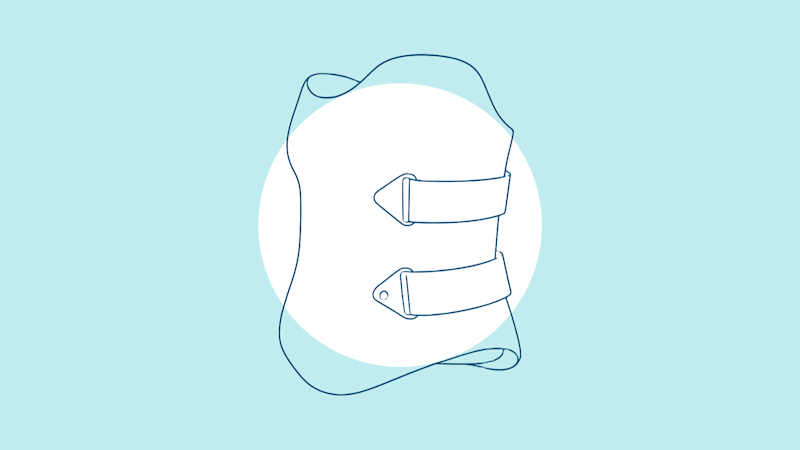
LSO - Lumbar Sacral Orthosis
What it is & does: This lower back brace focuses specifically on your lower back (lumbar) and tailbone area (sacral), typically wrapping around your waist. It provides support and limits motion in the lower back, often used for lower back pain management, lumbar disc issues, some types of lumbar fractures, and post-surgical support after lower back surgery.
Think of it as: A "lower back hug" for focused support where you need it most.
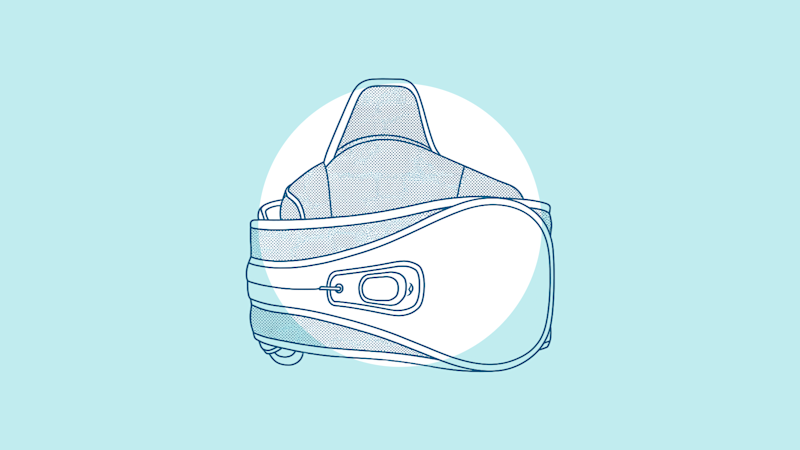
Important Reminders for Your Orthosis
Your orthosis is a crucial part of your treatment plan, prescribed specifically for your condition to aid in healing and provide support.
Always follow your healthcare provider's instructions for wearing and caring for your brace. This includes how long to wear it, when you can take it off, and how to clean it.
Comfort is key, but so is function. While braces can take some getting used to, they should not cause severe pain or skin breakdown. If you experience issues, speak up!
Got Questions? Talk to Your Ottobock Care Orthotist!
We understand you might have specific questions about your spinal orthosis, its fit, or how it helps you. That's why we encourage you to talk to an Ottobock Care orthotist! We are highly trained experts who can provide personalized answers, address concerns about fit or function, and offer support for your unique needs. Whether you're researching "orthotist near me" or "back brace fitting," we're here to help.
Your health journey is unique, and we're here to help you every step of the way. If you have questions or need to schedule an appointment, don't hesitate to reach out.

